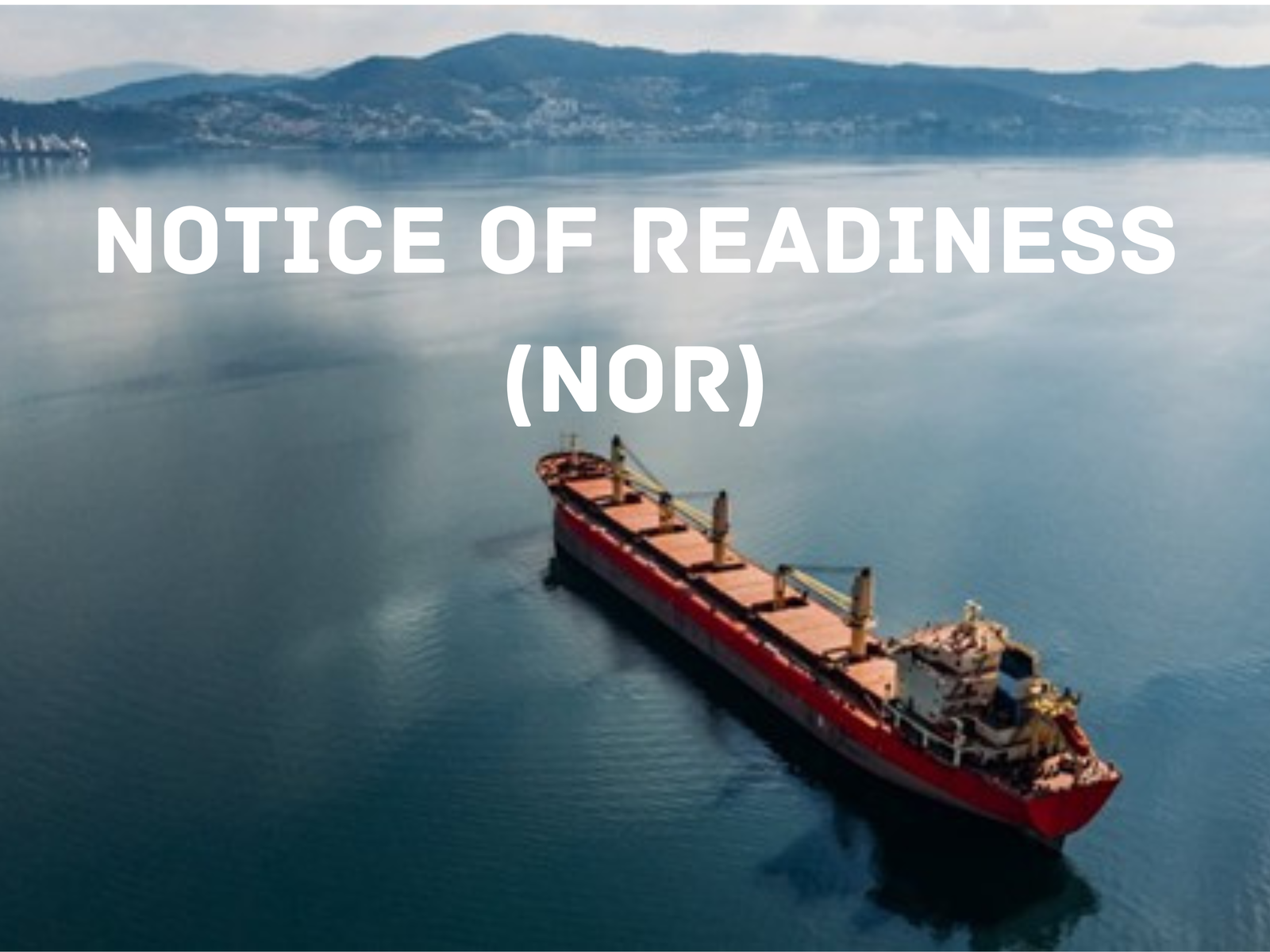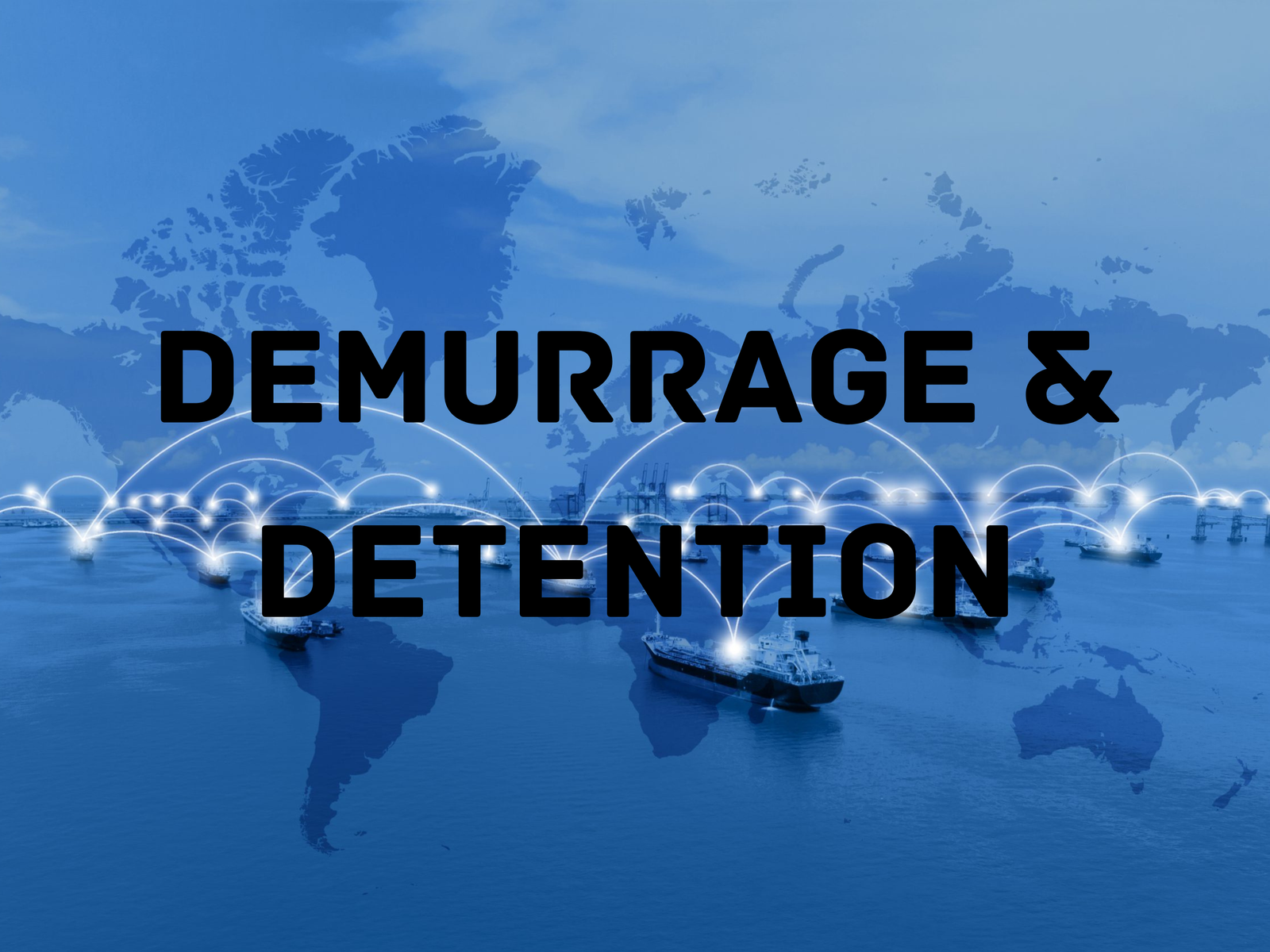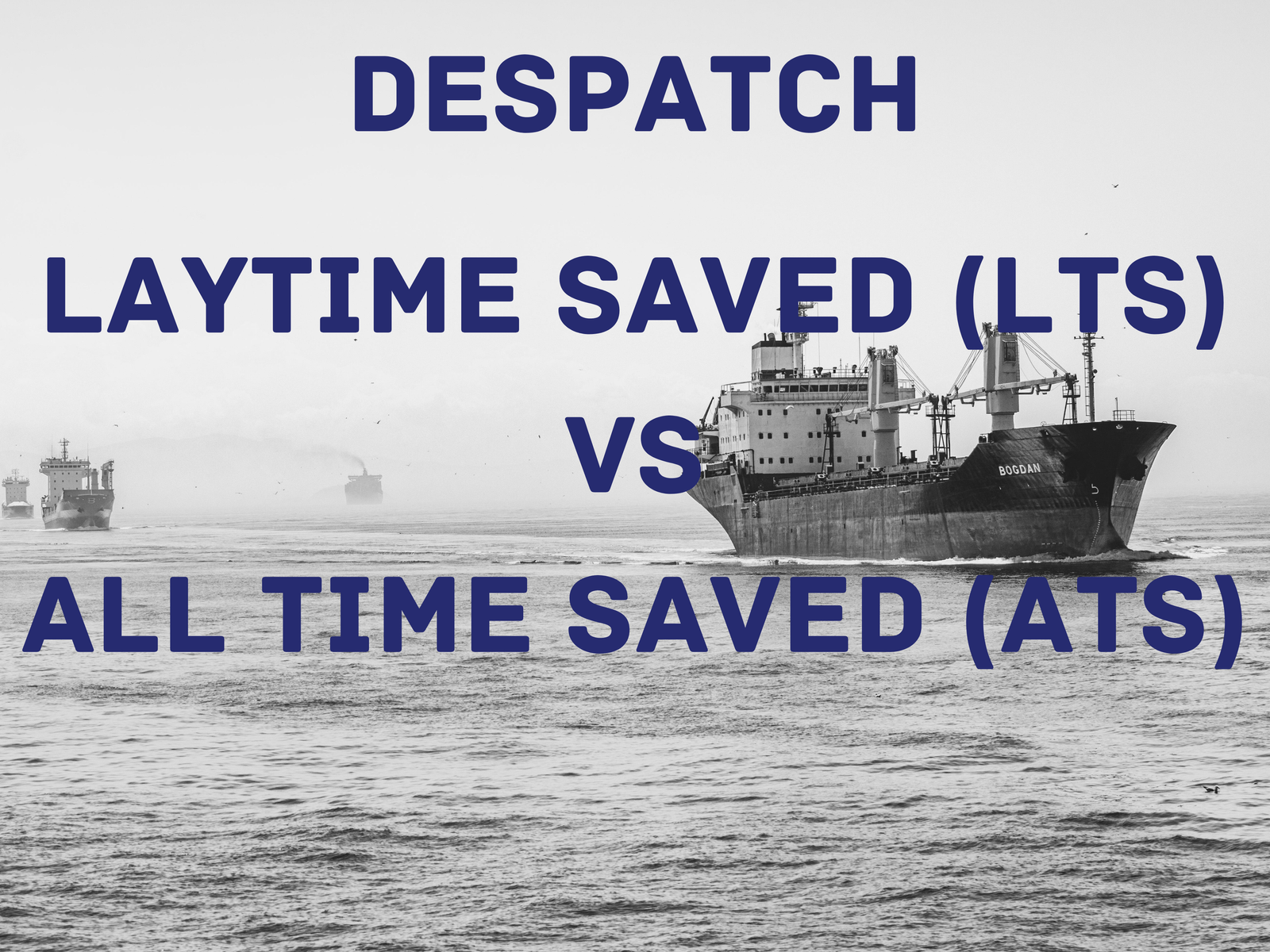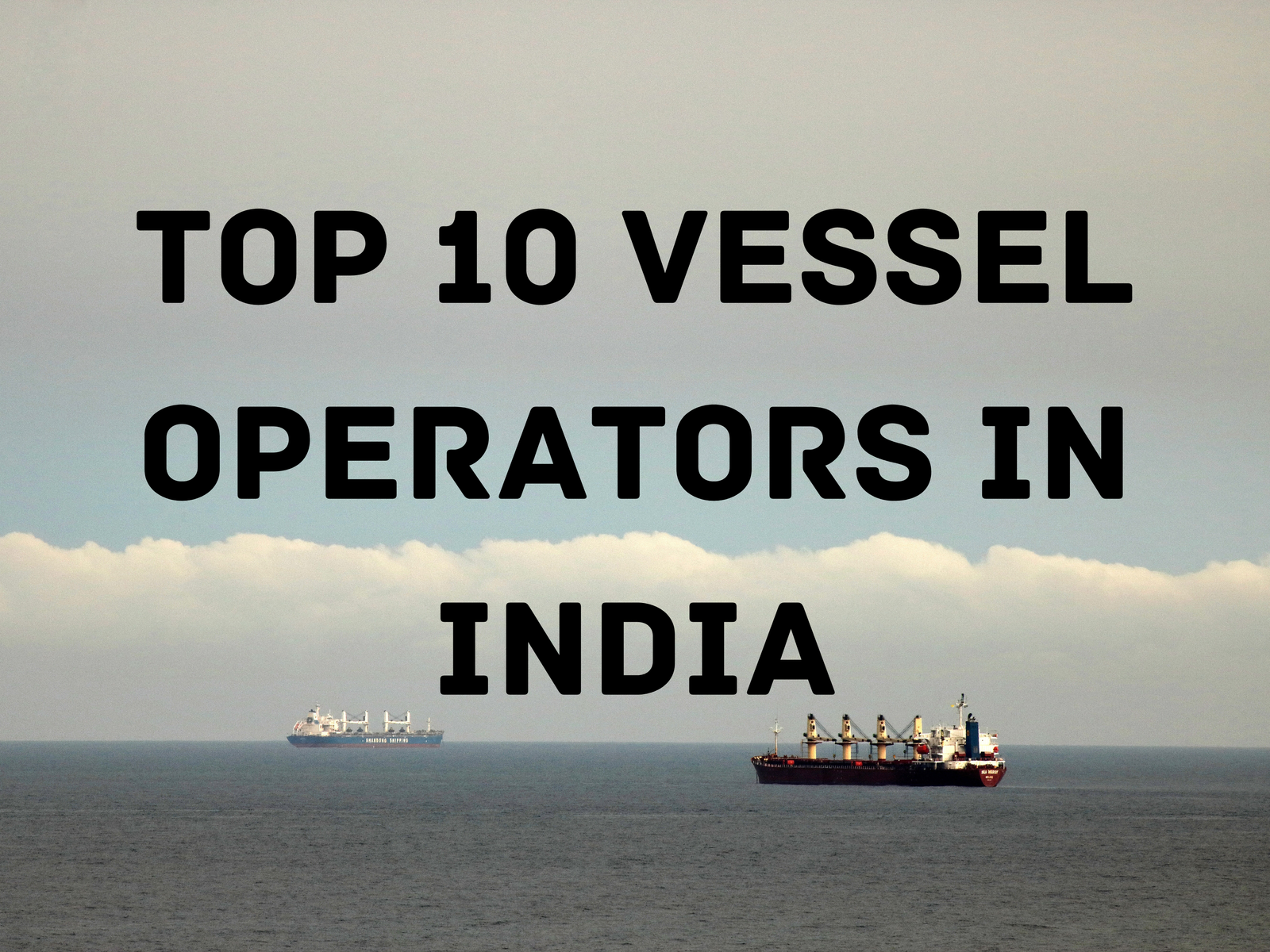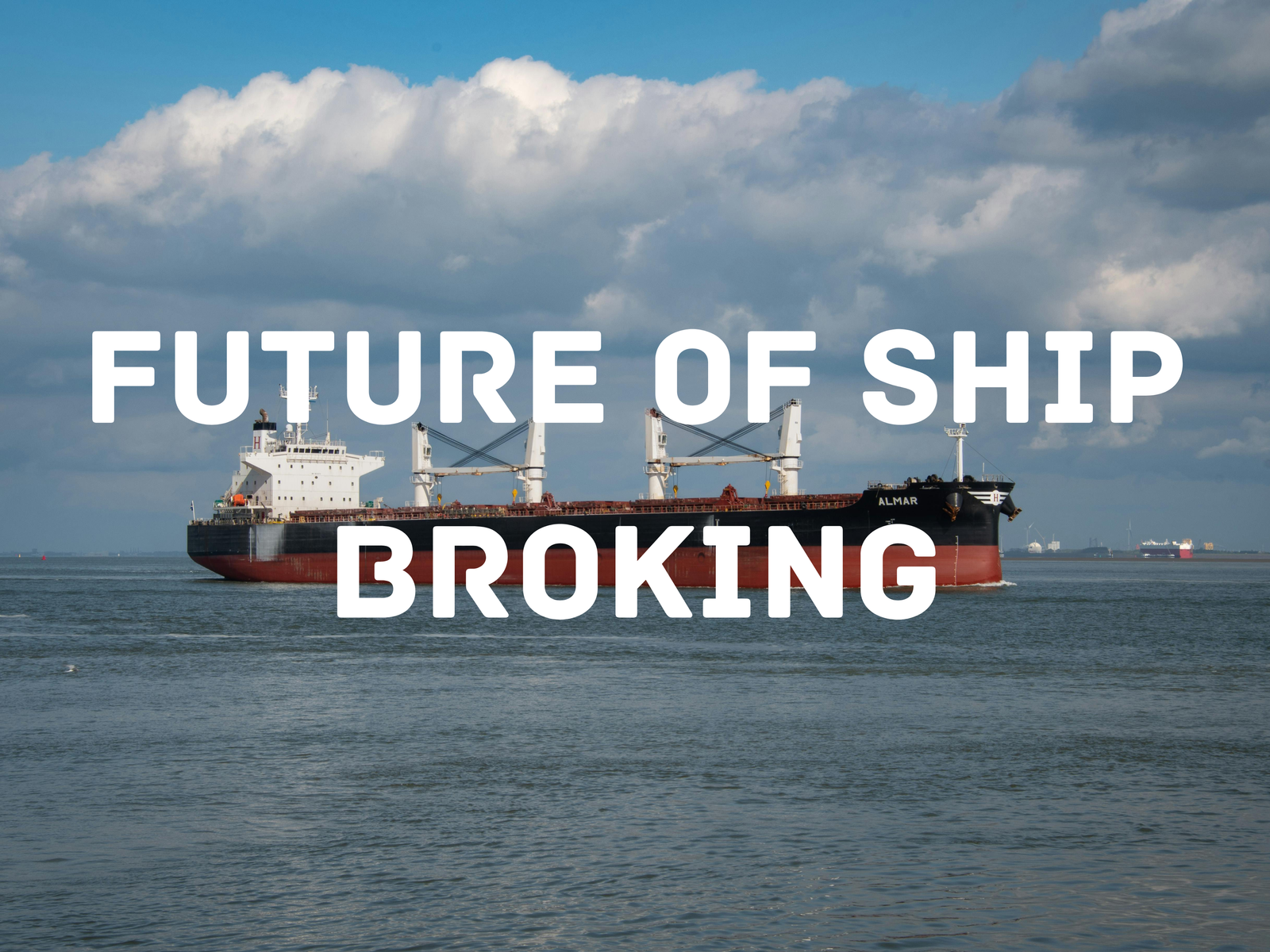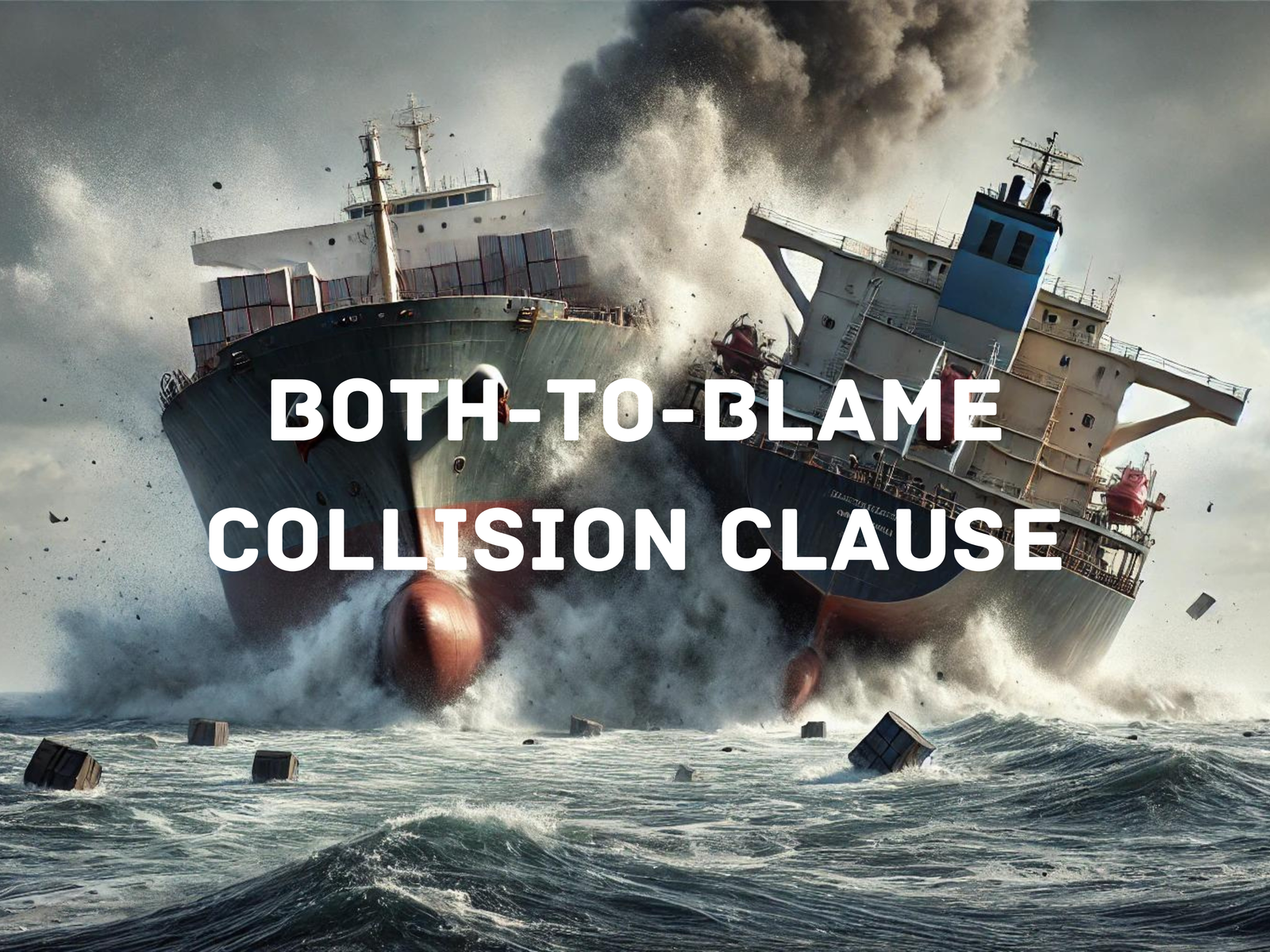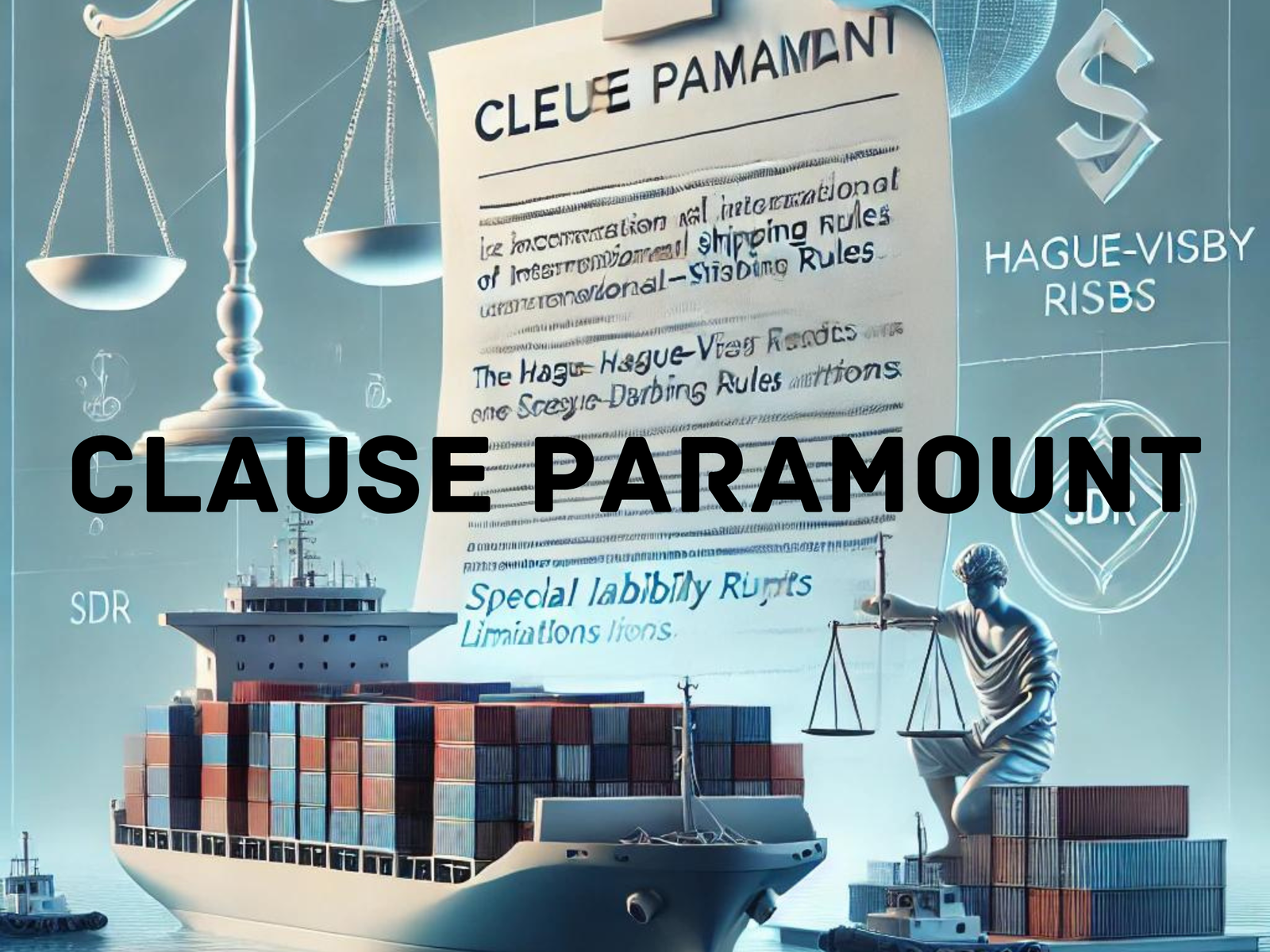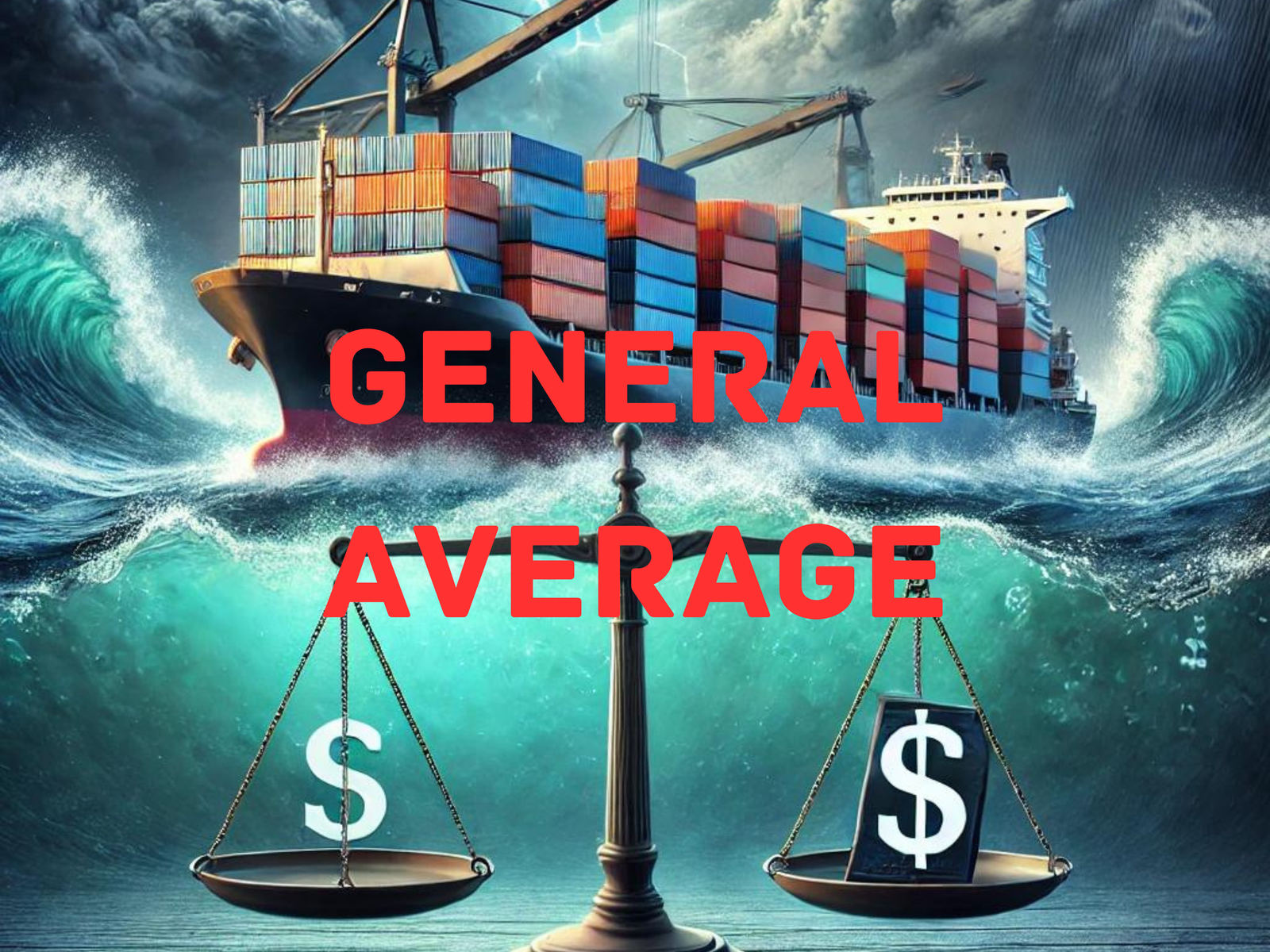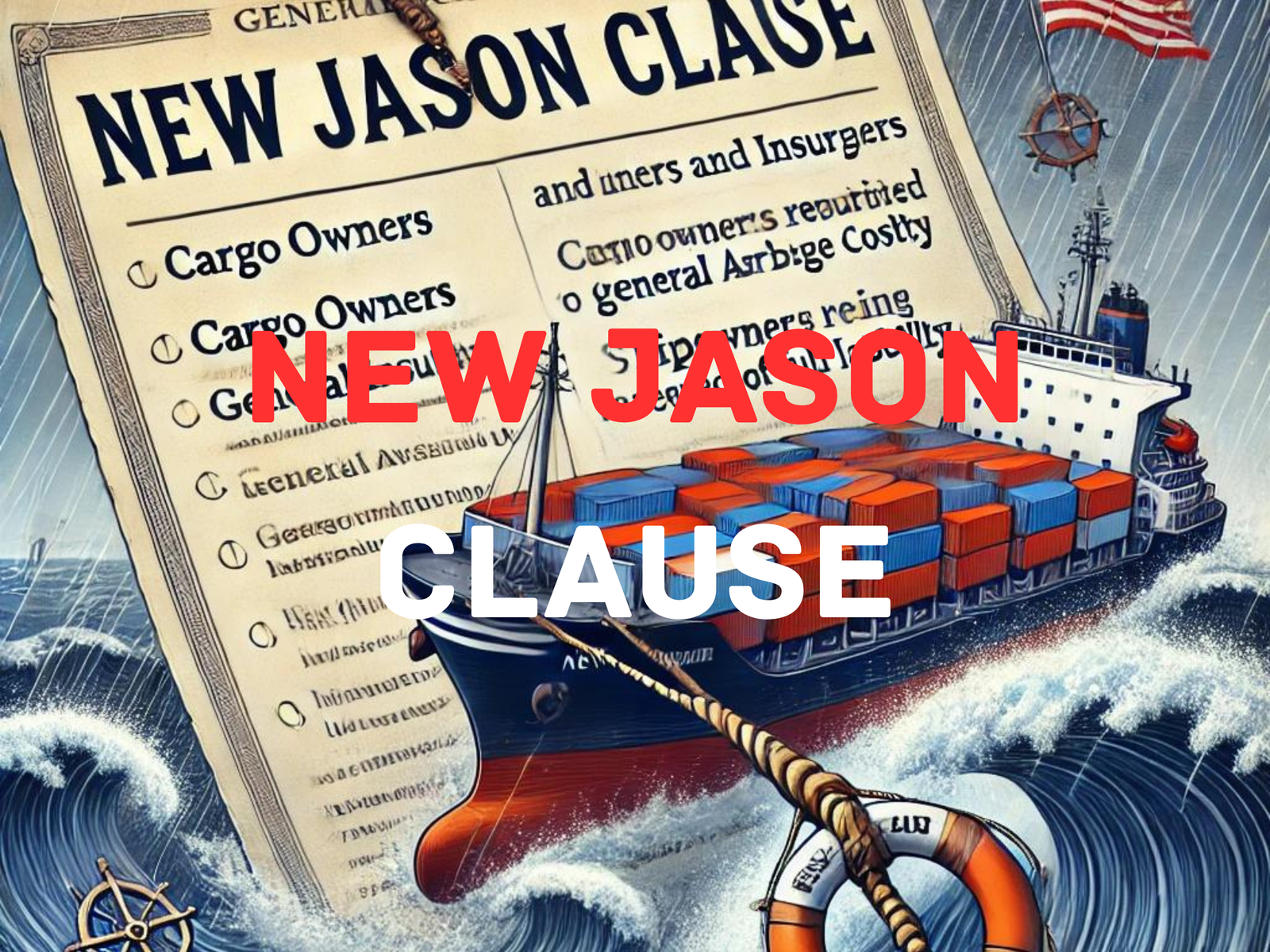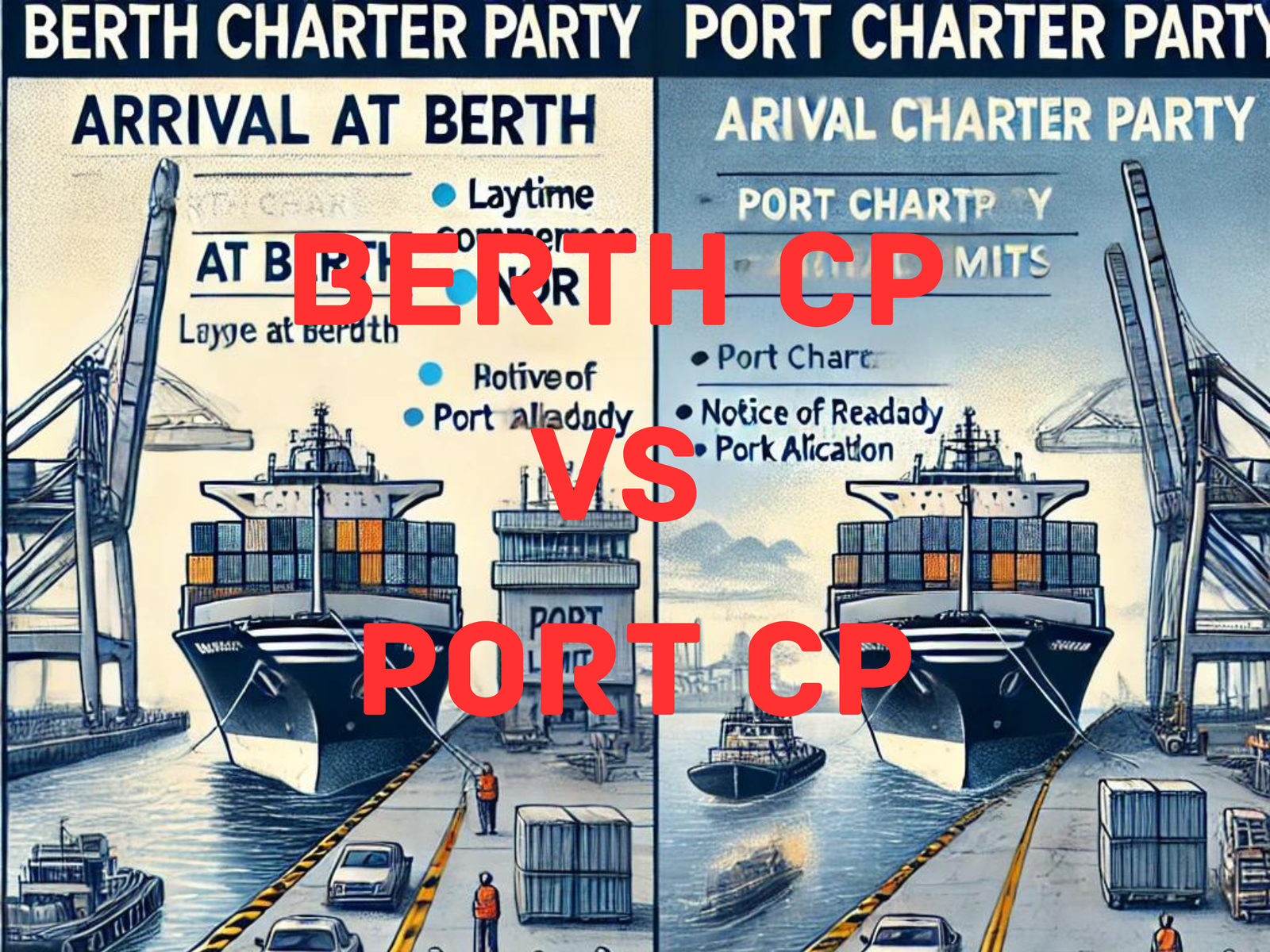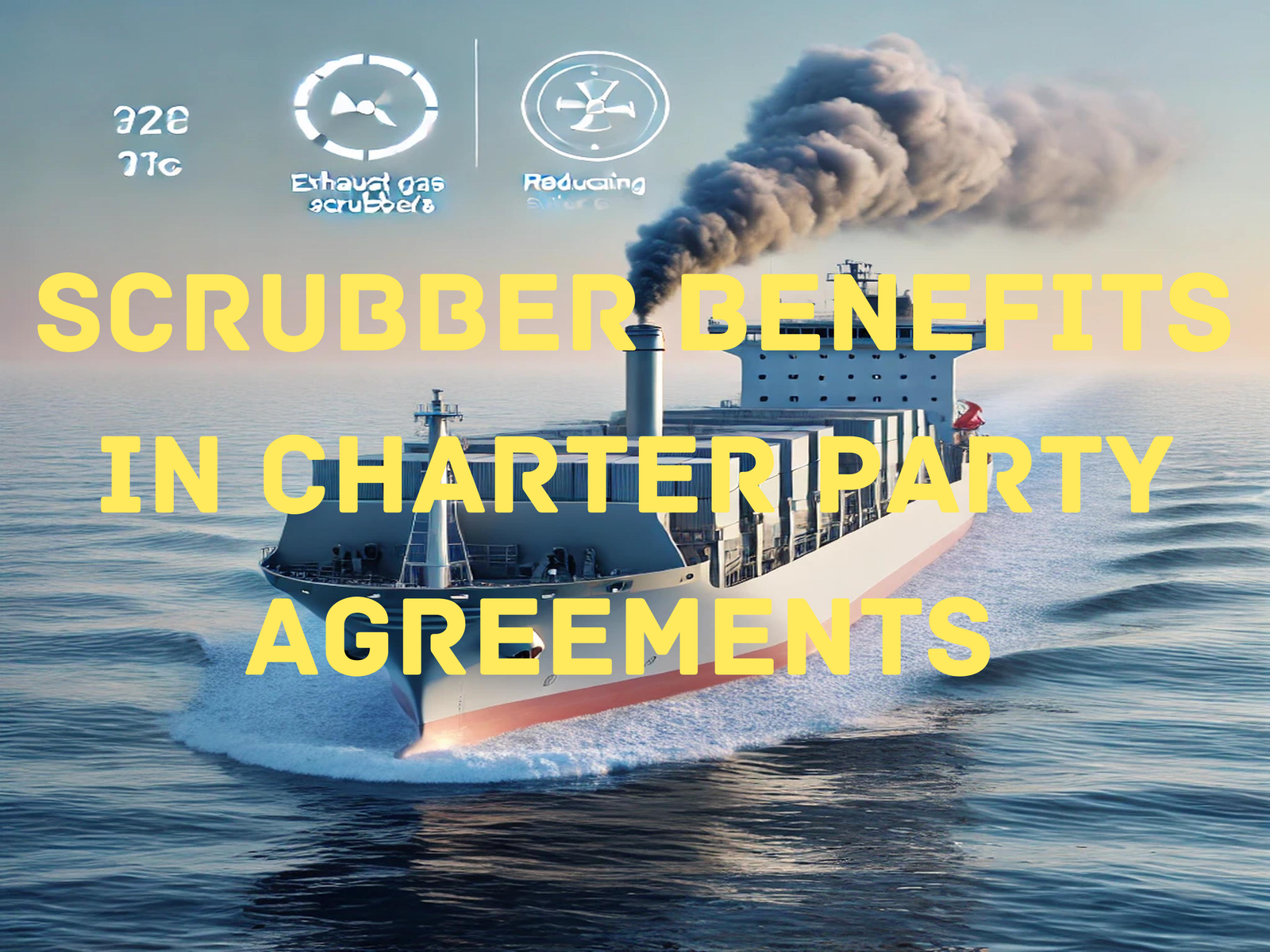The European Union Emissions Trading System (EU ETS) is a cornerstone of the EU’s climate policy and a key tool in its efforts to reduce greenhouse gas (GHG) emissions. Central to the system are EU ETS allowance (EUA), which represents the right to emit one metric ton of carbon dioxide equivalent (CO2e). This blog delves into the details of EU ETS allowances, how they work, and their impact on businesses and the environment.
What Is the EU ETS?
The EU ETS is the world’s first and largest carbon trading system. It operates on a “cap-and-trade” principle, setting a cap on the total amount of GHGs that regulated entities can emit. The cap is reduced over time, ensuring that total emissions fall progressively. Companies within the system must surrender allowances equal to their emissions at the end of each compliance year.
What Are EU ETS Allowance?
EU ETS allowances (EUAs) are tradable units that allow the holder to emit one metric ton of CO2 emission or its equivalent in other greenhouse gases. These allowances are allocated to companies or auctioned by governments. Companies that emit less than their allowance can sell the surplus on the carbon market, while those exceeding their allowances must purchase additional EUAs or face penalties.
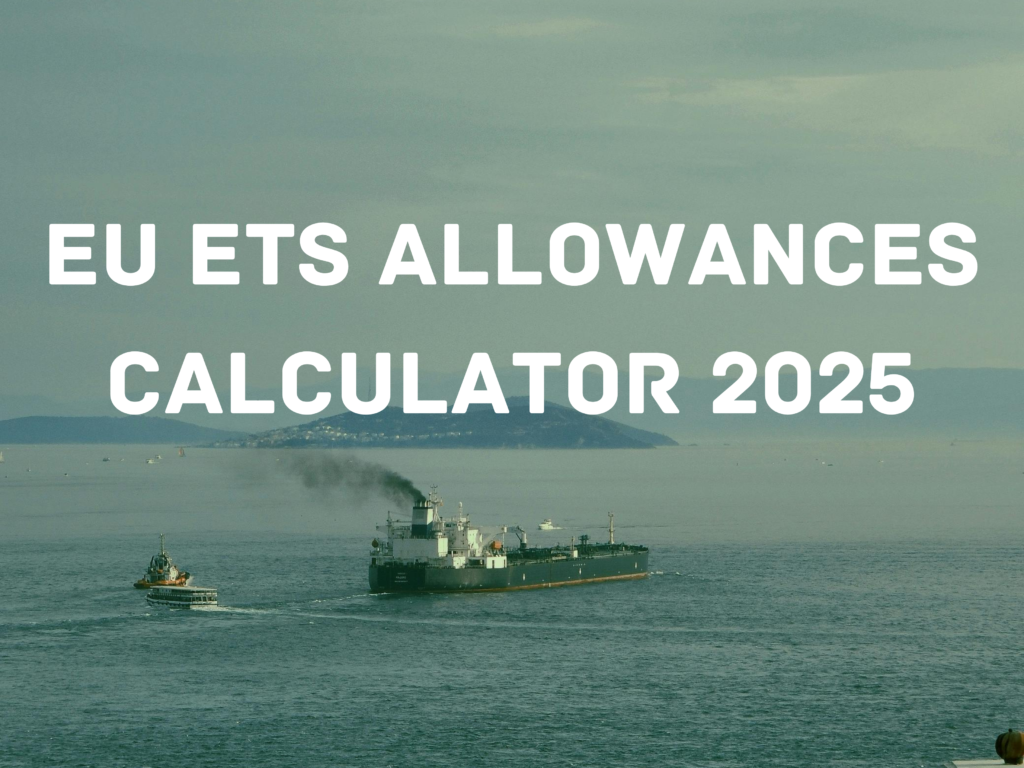
Key Features of EUAs:
- Tradability: EUAs can be traded among entities, creating a market-driven approach to emissions reduction.
- Validity: EUAs are valid within a specific trading phase and must be surrendered by the compliance deadline.
- Flexibility: Companies can bank unused allowances for future use within the same trading phase.
EU ETS ALLOWANCE CALCULATOR 2025

How to calculate EU ETS ALLOWANCE
From: Please enter the Port Name from which the vessel started sailing.
To: Please enter the Port Name to which the vessel has arrived.
Fuel Type: Please select the type of fuel the vessel has consumed during the leg.
Consumption: Please enter the amount of fuel consumed.
Co2 Emission Factor: For HFO = 3.114, VLSFO = 3.151, LSMGO = 3.206
Co2 Emission: The Co2 emission is calculated by multiplying the consumption with the Co2 emission factor.
%age For a Phase of the maritime voyage: It is usually 50% or 100% based on the sailing region of the vessel. If the Vessel comes from outside the EU ETS region and one port of the leg is within the EU ETS region it is 50%. If both the ports are within the EU ETS region then it is 100%.
EUA’s (100%): It is calculated by multiplying the Co2 emissions and %age for a phase of the maritime voyage.
EUA’s for 2025: It is calculated by multiplying EUA’s (100%) with 70%.
Follow these steps for all the legs and add all to get the EU ETS ALLOWANCE for the entire voyage.
EU ETS ALLOWANCE covers emissions from maritime transport as follows:
- 100% of emissions from ships performing voyages departing from a port under the jurisdiction of an EU Member State and arriving at a port under the jurisdiction of an EU Member State (e.g. Hamburg to Marseille and Marseille to Hamburg).
- 100% of emissions from ships within a port under the jurisdiction of an EU Member State (e.g. in the port of Antwerp), i.e. emissions released at berth and during movements within such port.
- 50% of emissions from ships performing voyages departing from a port under the jurisdiction of an EU Member State and arriving at a port outside its Jurisdiction (e.g. Rotterdam to Shanghai).
- 50% of the emissions from ships performing voyages departing from a port outside the jurisdiction of an EU Member State and arriving at a port under the jurisdiction of an EU Member State (e.g. Shanghai to Rotterdam).
Some derogations will apply, for instance for certain voyages to the outermost region or some small islands, or to the benefit of ships using renewable fuels.
What is considered a “port of call” for the purpose of the EU ETS?
A port of call is the port where a ship stops to load or unload cargo, to embark or disembark passengers, or where an offshore ship stops to relieve the crew. The following stops are excluded:
- stops for the sole purpose of refueling,
- stops for obtaining supplies,
- stops for relieving the crew (other than an offshore ship),
- stops for going into dry-dock or making repairs to the ship and/or its equipment,
- stops in port because the ship is in need of assistance or in distress,
- ship-to-ship transfers carried out outside ports,
- stops for the sole purpose of taking shelter from adverse weather or rendered necessary by search and rescue activities,
- stops of containerships in the neighboring container transshipment ports listed in the implementing act to be adopted by the end of 2023.
When must shipping companies start using an allowance to cover their emissions?
Shipping companies must surrender (use) their first ETS allowance by 30th September 2025 for the emissions reported in 2024.
The share of emissions that must be covered by allowances gradually increases each year.
- 2025: 40% of emissions reported for 2024 must be covered by emission allowances
- 2026: 70% of emissions reported for 2025
- 2027 and beyond: 100% of reported emissions.
Conclusion:
EU ETS allowances are a pivotal tool in the EU’s fight against climate change. By placing a price on carbon emissions, they drive innovation, reduce emissions, and contribute to a sustainable future. As the system evolves, it remains a model for other regions seeking to implement market-based solutions to climate change.
For more details and obtaining the Excel calculator of EU ETS ALLOWANCE calculator 2025 get in touch with us.

